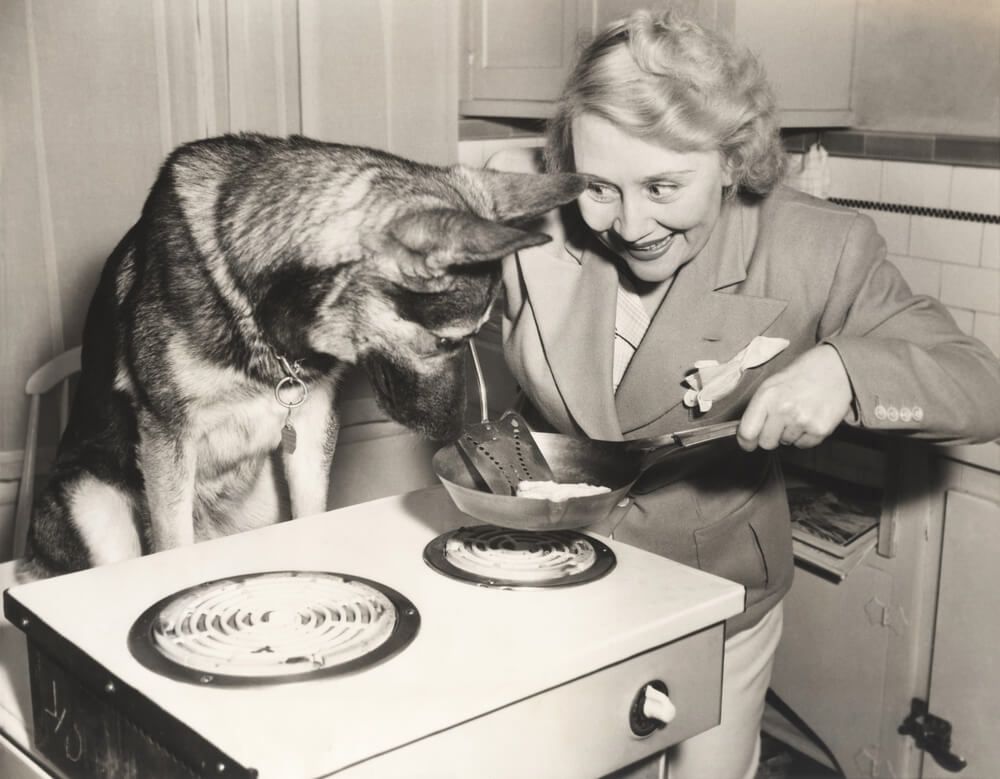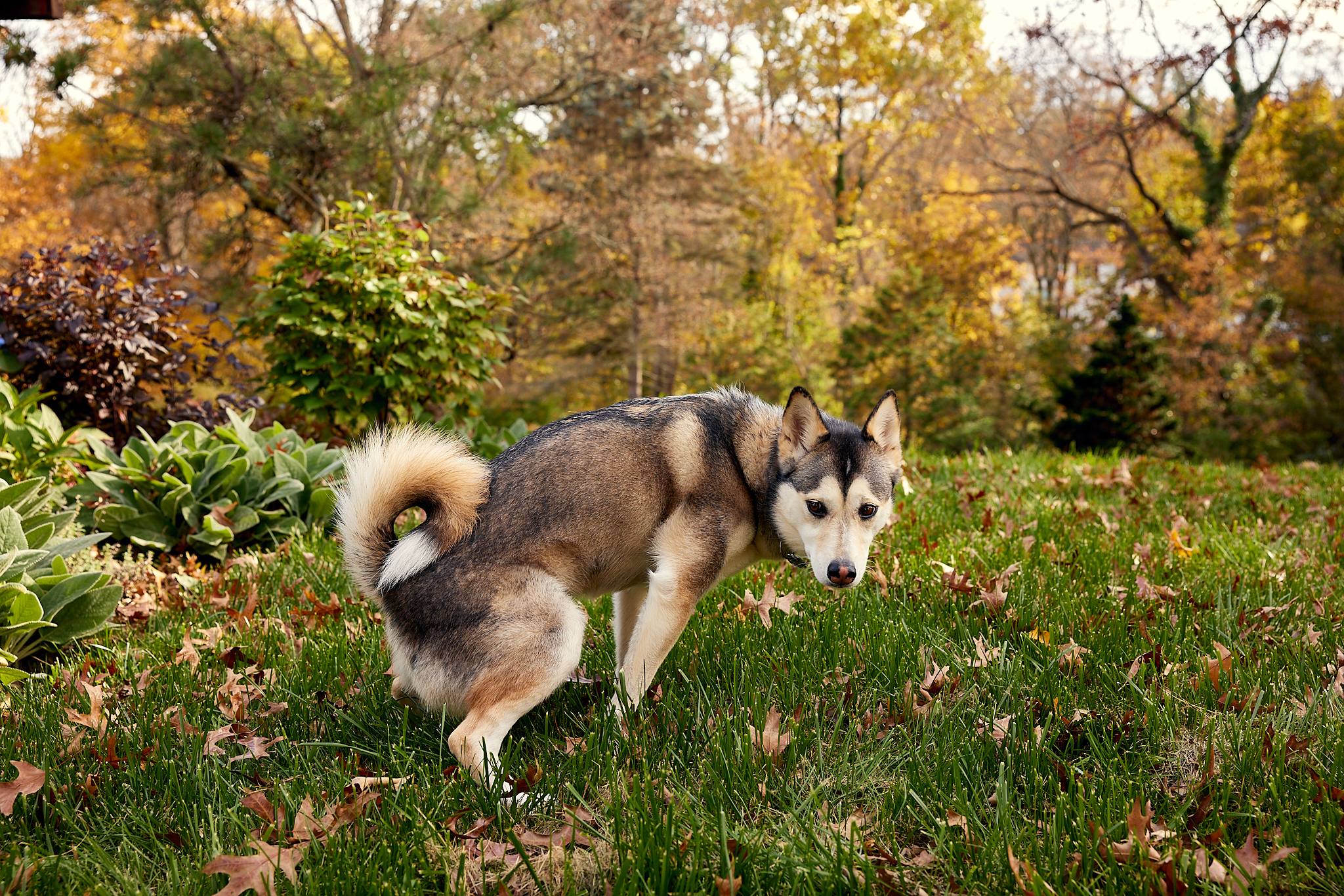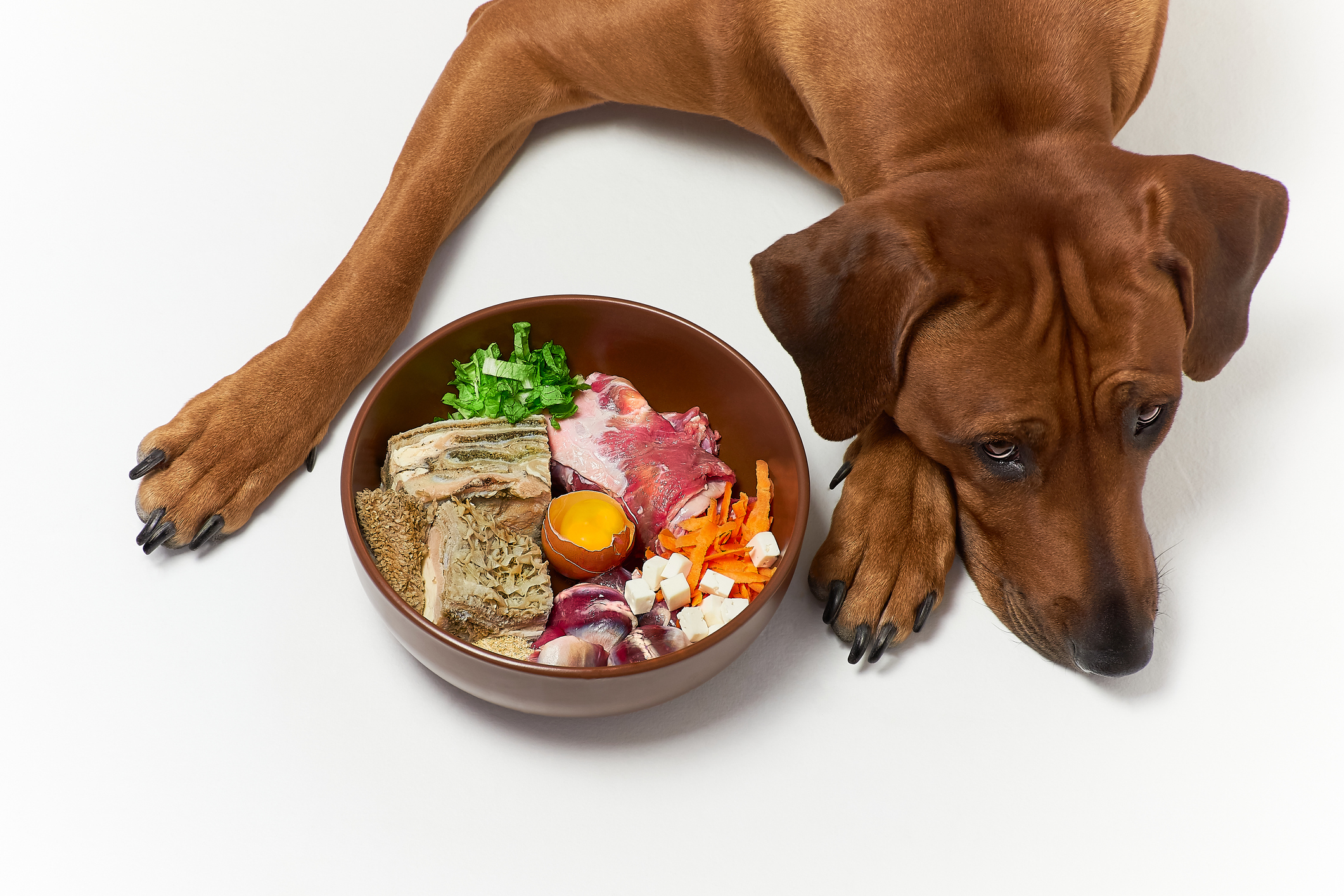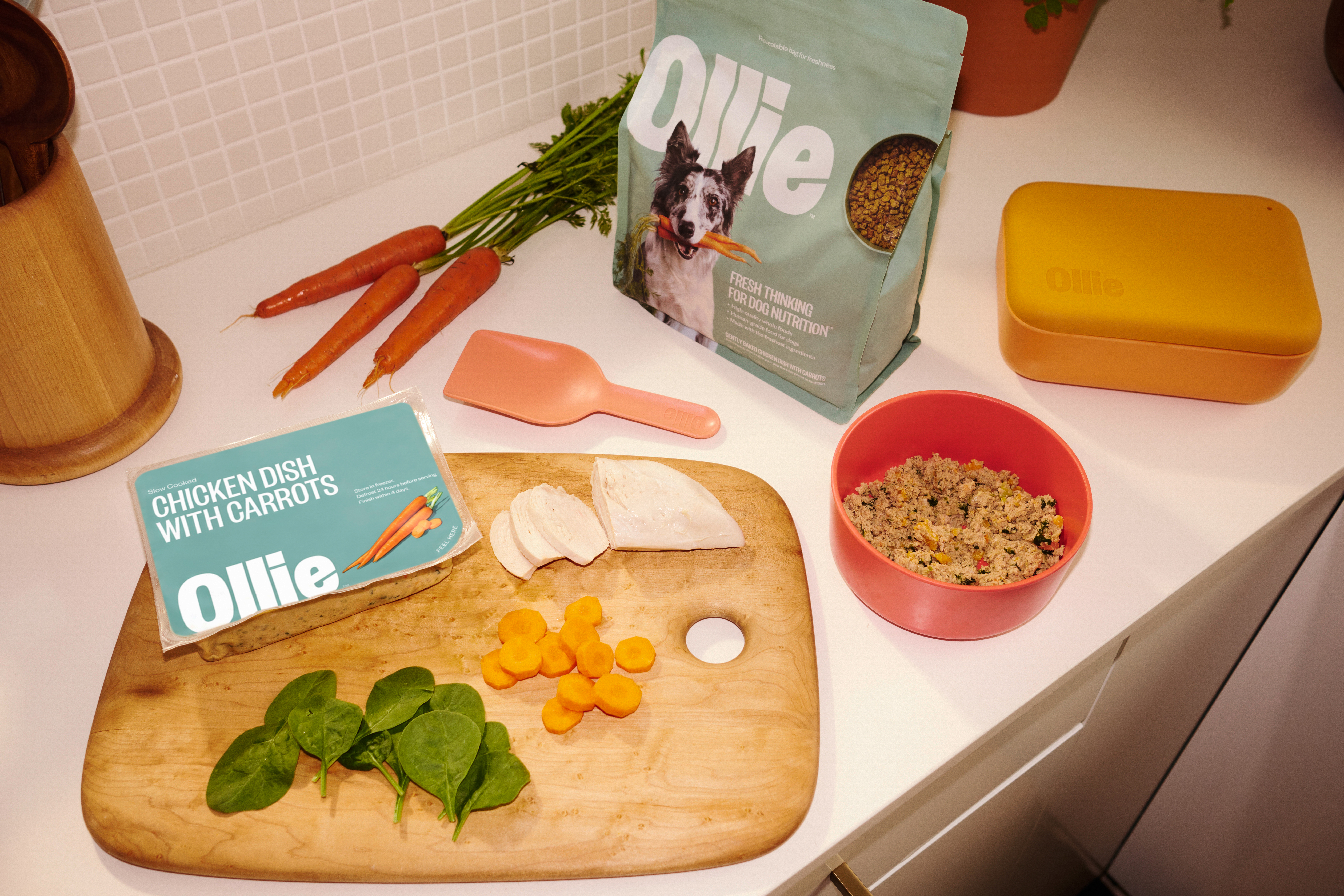Hey Ollie blog readers! We’re offering you an exclusive 60% OFF your starter box! Try now!
Dogs have been man’s best friend for hundreds of years, but specialty dog food is a relatively new phenomenon. Learn about the history of commercial dog food, where specialty diets came on the market, and why we started Ollie!
A history of feeding table scraps
From medieval times up until the mid-1800s dogs were mainly fed a steady diet of table scraps. They ate things like cabbage, potatoes, and bread crusts – whatever their owners could spare.
As far as meat goes sometimes they were offered bits of knuckle bone or horse meat if they were lucky to live in a more urban area. The diets of these early domesticated dogs were not something that was given a lot of thought. Many of these dogs were used for jobs like hunting or protecting livestock and they were not like the pets we have today.
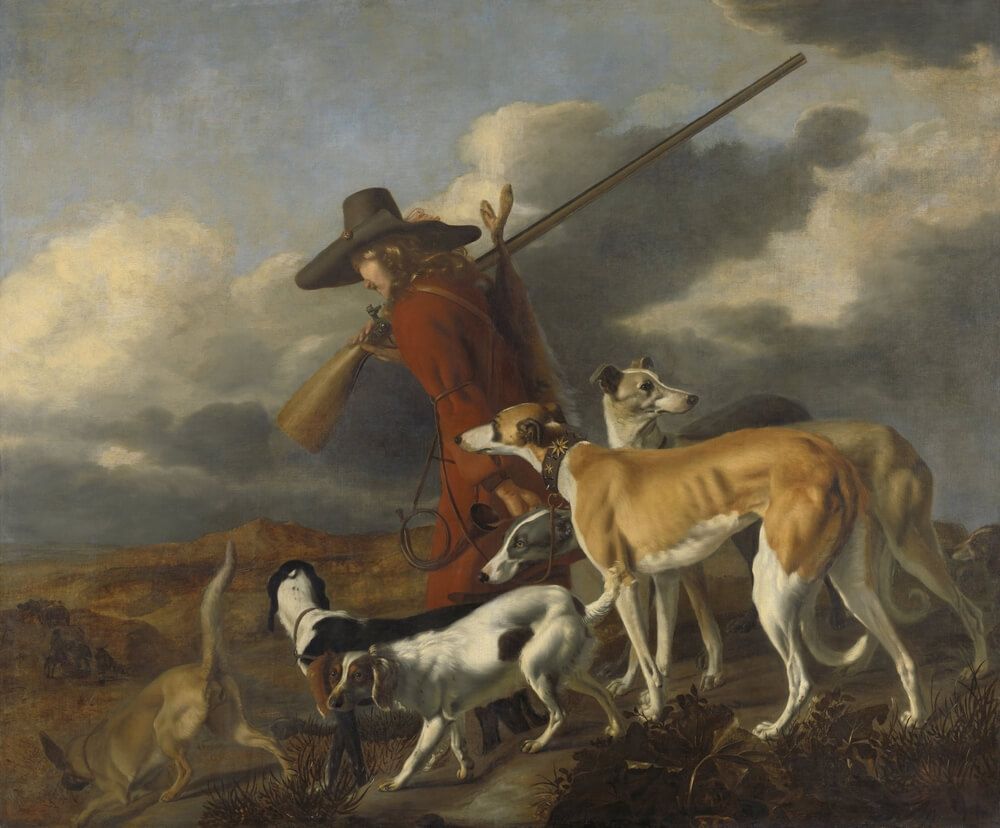
The industrial revolution as an era of companion animals
By the mid-19th century, the industrial revolution has created a middle class of people who were beginning to be able to afford to keep animals as pets and companions instead of just for their labor. Dogs (and cats) became more common as house pets – and not just for the really, really wealthy.
In 1860 the first commercial pet food was introduced to the world by a businessman named James Spratt. His food was a wheat-based biscuit that also contained (among other ingredients) beef blood. He started out feeding British sporting dogs and then his business continued to grow.
Finally, in around 1890 a British Public company took over Spratt’s business and began to offer these biscuits to customers in the United States. Between 1890 and the early 1820s other companies began developing their own kibble and dry dog food recipes based on their understanding of canine nutrition.
In 1922 the first canned dog food, Ken-L Ration was made available and the first ingredient was horse meat. At the time, this was still a perfectly acceptable protein for both human and dog consumption. As the relationship between horses and people evolved, horse meat went out of favor as a protein in both human and canine diets.
Luxury products for dogs expand the market
Attitudes towards domesticated dogs shifted and they became viewed as an investment. This meant owners wanted to do everything they could to keep their dogs healthy. This is where marketing messages around dog food started to come in.
As research into canine nutrition improved, so did the quality and diversity of products available. In the 1960s the first commercially available food specifically made for puppies became available.
It was not however until the mid-1980’s when the U.S. National Academy of Sciences’ National Research Council published nutritional requirements for dogs and cats. These requirements were updated in 2006.
The national research council was not the only organization that was paying attention to what and how dogs ate. In 1909, the Association of Feed Control Officials, AAFCO was founded but it was not until 1917 that they began including language around pet food in model bills. AAFCO guidelines are still used today to help pet food manufacturers create complete and balanced diets for all life stages.
It is also important to understand that the US Food and Drug Administation is the governing body over pet food. They are the ones who regulate the ingredients that can be used and ensure that the food sold as pet food is safe. If your dog is ever sickened by pet food due to false claims or contamination the FDA is who you would report these issues to.
In 2018, the FDA began an investigation into an increase in the number of dogs with a heart condition called dialated cardiomyopathy. It was later found that the dogs who were getting sick were most likely on a BEG diet which stands for boutique, exotic or grain-free.
Dog food companies compete for market share
As health and wellness trends related to human nutrition continued to evolve, so did trends in dog food. In the last 15 -20 years there have been a much larger number of pet foods and brands on the market. These available diets include grain-free, limited ingredients, and boutique brands.
The marketing messages that come with these foods are designed to draw in pet owners. Pictures of wholesome ingredients and promises of high-quality proteins are shown on boxes, bags, and in advertising. This isn’t always the case and some of these foods are made with ingredients that aren’t the best for our pups.
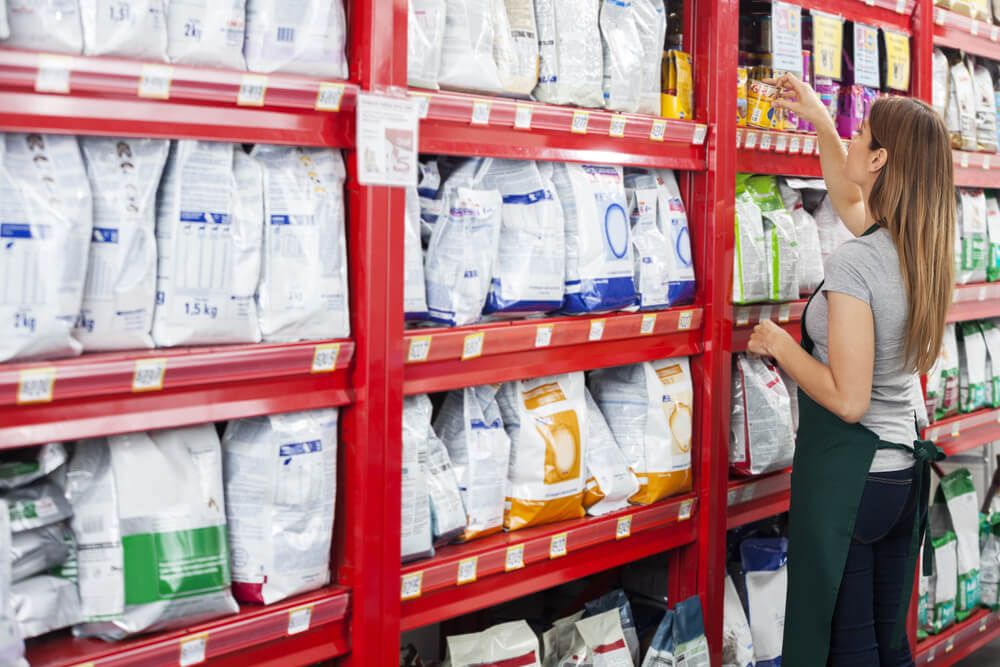
This misleading marketing is part of the reason that we started Ollie. We wanted to create fresh and delicious food made with high-quality (and human-grade) ingredients.
Our food is shipped directly to your door is convenient and easy to use packaging. And since our recipes are all approved for all life stages by AAFCO and our plants are inspected by the USDA – you know our food is safe and provides everything your dog needs to live a happy and healthy life.
The Ollie blog is devoted to helping pet parents lead healthier lives with their pups. If you want to learn more about our fresh, human-grade food, check out MyOllie.com.
Tagged As:
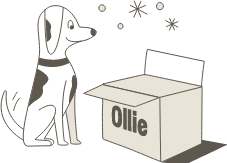
The nutrition your dog needs,
the food they want.

Enjoying our articles? Subscribe our Newsletters and get new articles directly to your inbox
You might also like
3 July 2025
5 MINS READ
How Fresh Food Can Help Your Dog Have Perfect Poops
As a pup parent, you’re likely very familiar with your dog’s bathroom habits. While it may not be the most glamorous part of taking care of your pup, a dog’s stool can be one of the most dir…
by Ollie Pets
3 July 2025
5 MINS READ
Understanding the Risks of Raw Dog Food
When it comes to choosing the right diet for your dog, understanding the full picture is crucial for making an informed decision. In this article, we’ll dig deeper into what defines a raw diet, …
by Ollie Pets
3 July 2025
4 MINS READ
Understanding a Balanced Diet for Your Dog
As a dedicated pet parent, you want to provide the best for your dog, and that starts with their food bowl. We all understand the basics of a balanced diet for ourselves, but what does that look l…
by Ollie Pets
